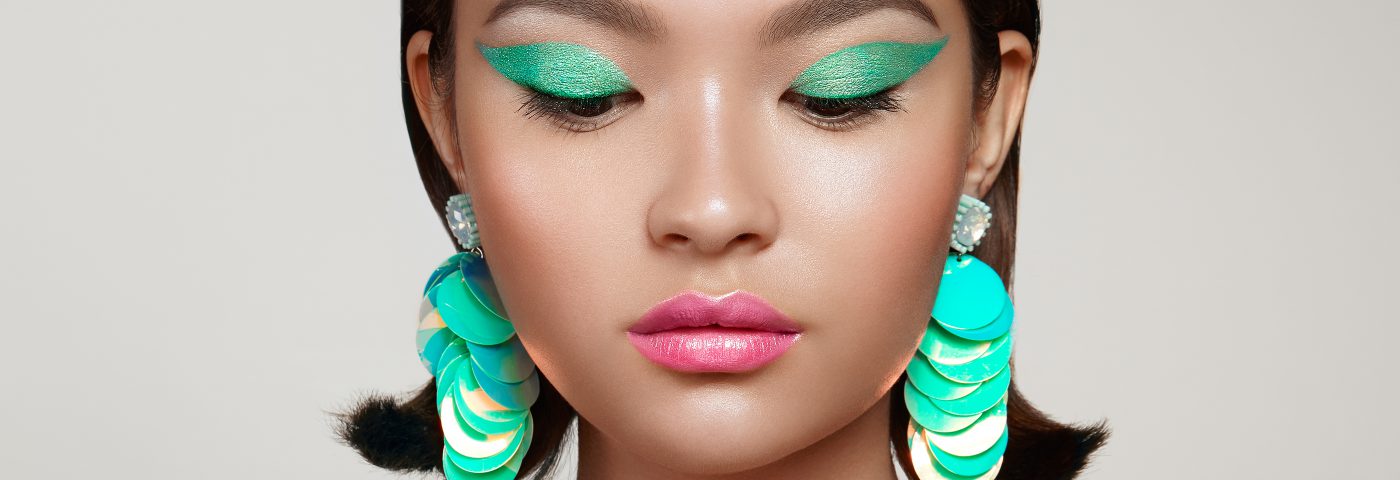By Sunny Um, Euromonitor International
Since 2017, Asia has held the position as the leading powerhouse behind global colour cosmetic sales, overtaking North America. The regions huge population, economic expansion and consumers’ increasing budget for “vanity spending” has been instrumental in driving this growth.
Lip products and foundations/concealers are the most popular products in Asia, boosted by the popularity of ‘selfies’, new “contouring” techniques and the growing availability of shade personalisation. While BB and CC creams registered the fastest growth among all colour cosmetics, foundations are unlikely to be eclipsed by this growth as consumers now buy variations of these products to wear on different occasions. In addition, the “contouring” trend encourages consumers to buy more than one foundation to mix and match creating a seamless facial profile.
Economic progress drives premiumisation
The economic progress in the region’s developing countries is leading to a strong “premiumisation” trend. Millennials in China, Thailand and Indonesia choose “high quality”, “hypoallergenic”, “natural or organic” products that meet their skin concerns, whereas those in Japan and Korea prioritise “value for money” and “low price” in the top desired product benefits within colour cosmetics.
Meanwhile, the explosive SNS culture and ageing population in Asia has led to the creation of influencers on YouTube who focus on male and older female grooming. These influencers are dismantling gender and age stereotypes by discussing men’s grooming, active ageing and sharing make-up tips for both men and older women. Euromonitor’s 2017 Beauty Survey revealed the obstacles for men and older women when looking to find a foundation or lipstick. For men, there were a lack of gender-specific products on the market and for women, a feeling of self-consciousness because of their age. Brand owners’ product launches exclusive to each of these segments, as well as online marketing to educate them on how to apply make-up, can encourage consumers to actively explore the “transformative” experience and purchase make-up for themselves.
By 2022, colour cosmetics sales in Asia are expected to grow by 6% CAGR, as China overtakes Japan and Thailand, and Indonesia surpasses Taiwan and Hong Kong. Asia is currently witnessing two different consumer trends – the middle class expansion in developing markets and the middle class retreat and market saturation in developed countries. Expanding the consumer base beyond young women to men and older women while providing skin care-infused colour cosmetics will enable manufacturers to tackle exclusive needs from different geographical, gender and age groups, helping to embrace all consumers in Asia.
Sunny Um will host a presentation at in-cosmetics Asia on Premiumisation, gender fluidity and active ageing in colour cosmetics, on 31st October, 14.00-14.45 and a presentation on Beauty from within: health and wellness mix in skincare on 30th October 11.00-11.45. To attend for free, register at https://asia.in-cosmetics.com/register

